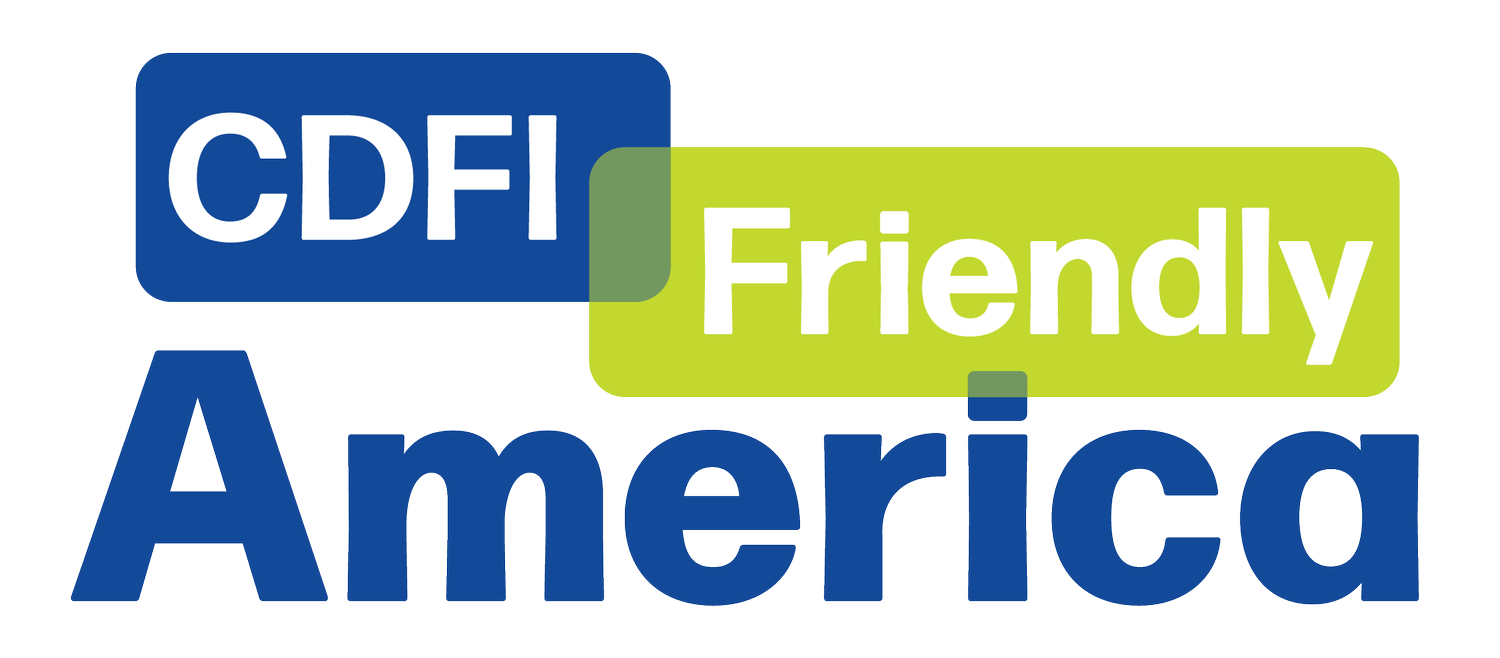Understanding The GGRF’s National Clean Investment Fund & Solar For All Program
Recently, CDFI Friendly America shared an introductory description of the Greenhouse Gas Reduction Fund (GGRF). The first post focused on the Clean Communities Investment Accelerator (CCIA), the GGRF program that will be the main point of contact for most CDFIs.
For this post, we asked our GGRF researcher, Nathan Lesch, to summarize the other two programs: the National Clean Investment Fund (NCIF) and the Solar for All (SFA) program.
The GGRF is a $27 billion program created by the Inflation Reduction Act and administered by the Environmental Protection Agency (EPA). It aims to reduce greenhouse gas emissions, benefit low-income and disadvantaged communities (LIDACs), and mobilize financing for clean energy projects. The program has three programs, the Clean Communities Investment Accelerator, the National Clean Investment Fund, and the Solar for All program. This post will focus on the latter two parts.
Introducing the National Clean Investment Fund
The NCIF’s primary goal is to create national clean financing institutions that will work with private-sector investors, developers, community organizations, and other stakeholders to deploy clean technology projects across the U.S. The NCIF aims to stimulate the clean energy marketplace, reduce greenhouse gas emissions, and provide significant economic and environmental benefits. In addition, the NCIF is subject to Justice40 requirements, stipulating that 40% of the program’s total benefits go to low-income and disadvantaged communities.
The three NCIF awardees, their award amounts, and the general goals for each are:
Climate United Fund (CUF) ($6.97 billion): Formed by Calvert Impact in partnership with two CDFIs—Self-Help Ventures Fund and Community Preservation Corporation—CUF plans to locate at least 60% of the investments that it will make in low-income and disadvantaged communities, 20% in rural communities, and 10% in Tribal communities.
Coalition for Green Capital (CGC) ($5 billion): CGC has worked for 15 years with state, local, and nonprofit green banks. It is committed to locating at least 50% of the investments that it will make in low-income and disadvantaged communities.
Power Forward Communities (PFC) ($2 billion) Formed by five organizations, including two CDFIs—Enterprise Community Partners, LISC (Local Initiatives Support Corporation), Rewiring America, Habitat for Humanity, and United Way—PFC plans to locate at least 75% of the investments that it will make in low-income and disadvantaged communities.
The awardees will offer a range of financial products and customized financing solutions to support various clean technology projects. These include energy efficiency home retrofits, electrification upgrades, solar installations, and other decarbonization initiatives. The financial products will target multiple sectors, such as consumers, multi-family housing, community infrastructure, small businesses, schools, and community solar projects, addressing barriers to capital access for these initiatives.
There are still several unknown aspects of the NCIF, particularly when it comes to the practical role that CDFIs will play in the program. For instance, it is unclear if the NCIF will play a significant role in providing capitalization funding to CDFIs that either exceed the $10 million CCIA cap or are unable to receive fundings from any of the CCIA recipients. EPA agreements and the differences in the awardees’ strategies will determine how the NCIF impacts the CDFI industry.
Ultimately, by mobilizing private capital and leveraging public-private partnerships, the NCIF aims to create a sustainable, expanding flow of investments into clean energy. This approach is designed to lower the risk for private sector investors and stimulate additional production of emissions-cutting technology.
What About The Solar For All Program?
The Solar for All program is meant to expand access to solar energy for low-income and disadvantaged people across the country. The EPA, awarded $7 billion in grants to 60 different recipients, including state and local government agencies, Tribal governments, green banks, and 6 CDFIs, all of which will use the funds to expand or create low-income solar programs.
The EPA believes that the 60 awardees can help more than 900,000 households in LIDACs across the country benefit from solar energy. In fact, the EPA estimates that the SFA program will create more than $350 million in annual savings on electric bills across participating households.
SFA will enable at least 25 states and territories to launch substantial low-income new solar programs for the first time.
SFA also aligns with the Biden Administration's commitment to creating high-quality jobs. The program is expected to generate an estimated 200,000 jobs across the country, with a focus on local, clean energy workforce development.
Last, the program seeks to overcome various barriers to solar adoption in underserved communities. This includes not only grant funding and low-cost financing but also services to help technical support services to help communities navigate challenges related to finding suitable sites, dealing with permitting requirements, and connecting to other energy infrastructure.
Current Status And Timeline
The EPA and the awardees are working to finalize their agreements (as of July 2024). In the coming months, we will learn more about how each awardee will use its funding, including how the three NCIF recipients will work with a wider range of CDFIs and where the SFA program will fit into green lending markets.
What questions do you have about the NCIF or the SFA program? At CDFI Friendly America, we have been compiling and synthesizing information about the GGRF, and would be happy to provide more detailed information about the program. You can write to us at info@cdfifriendlyamerica.com.

